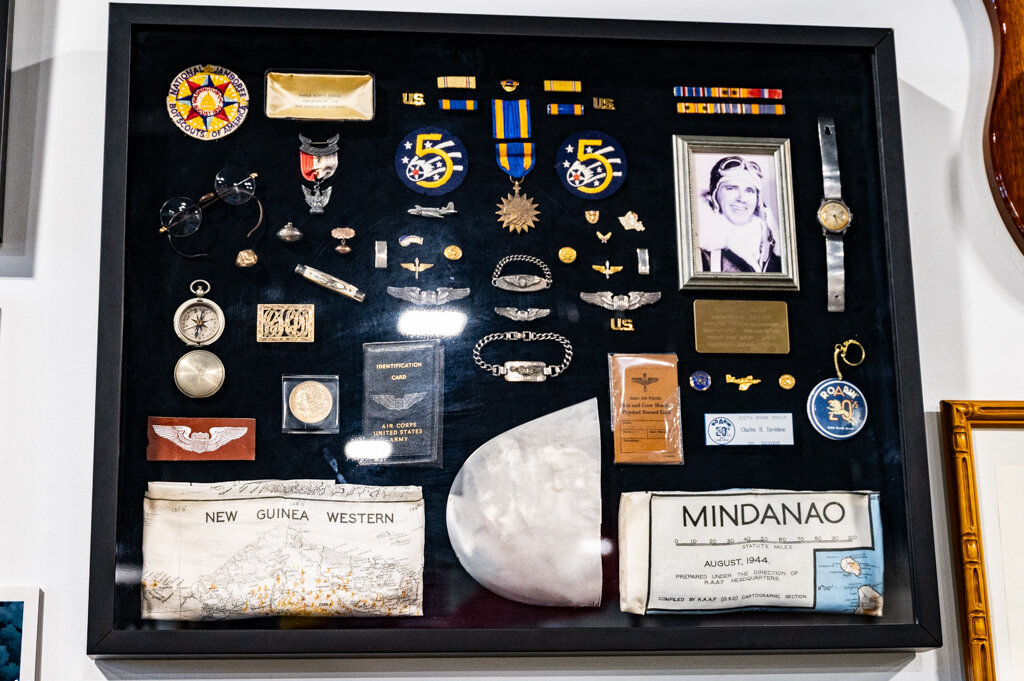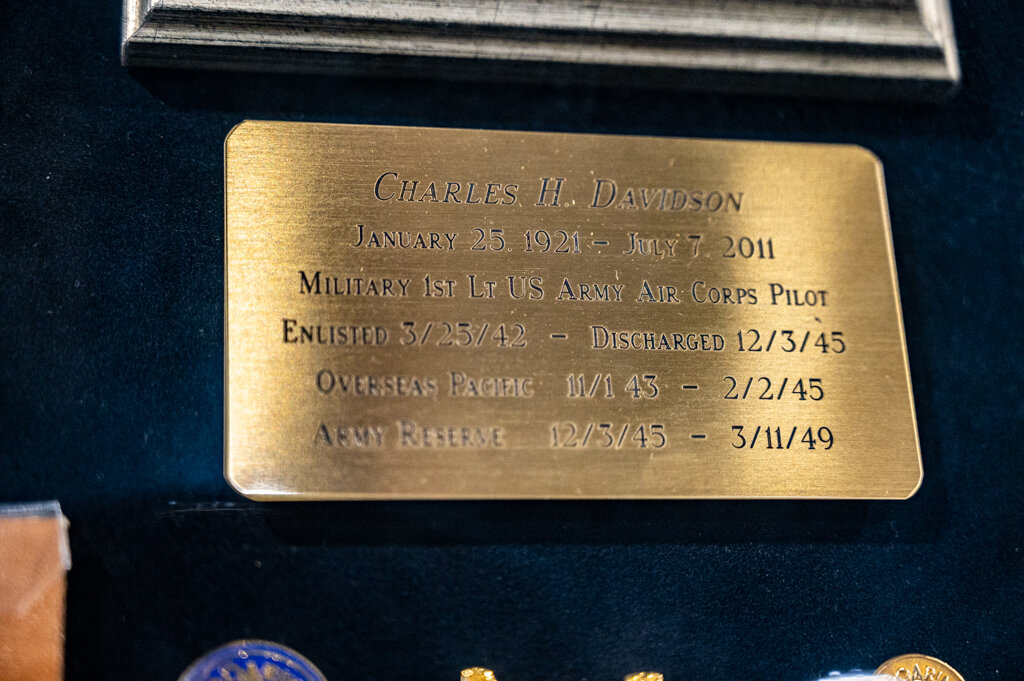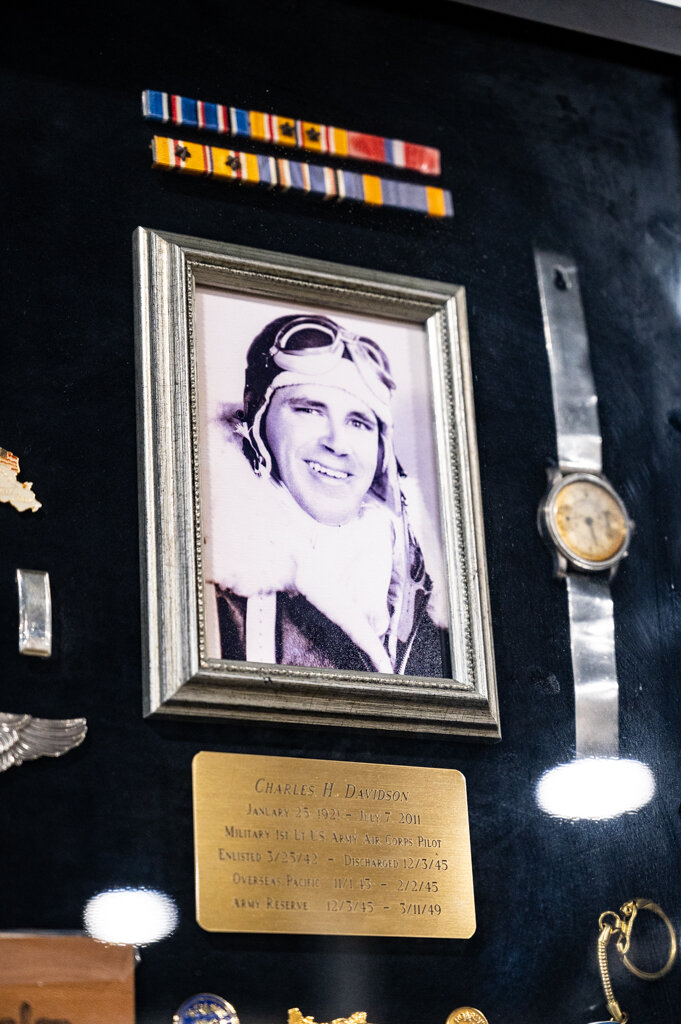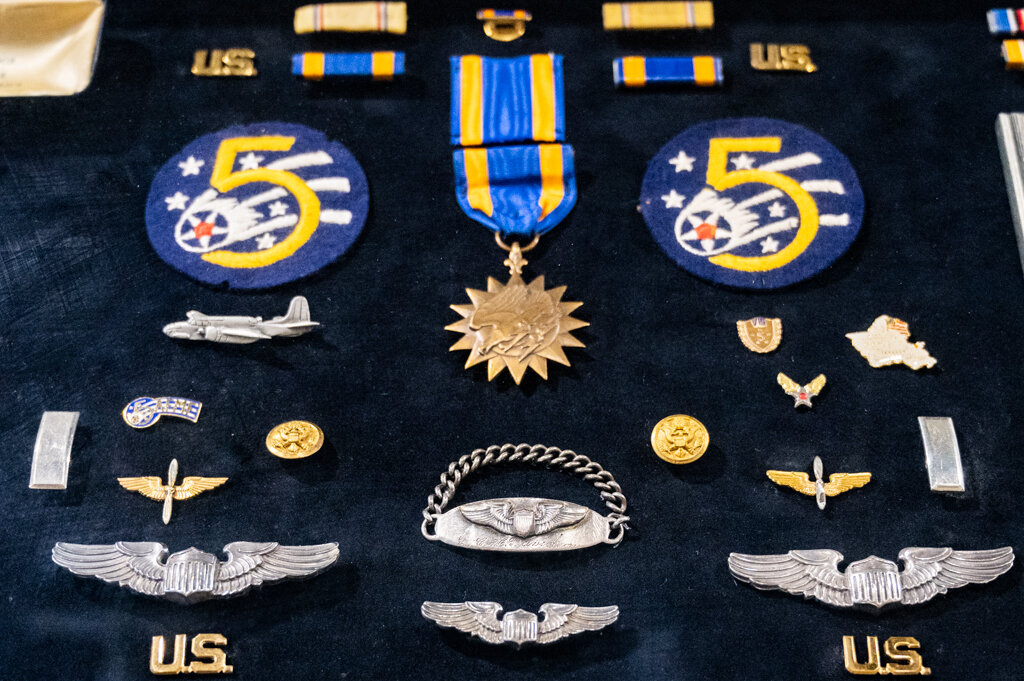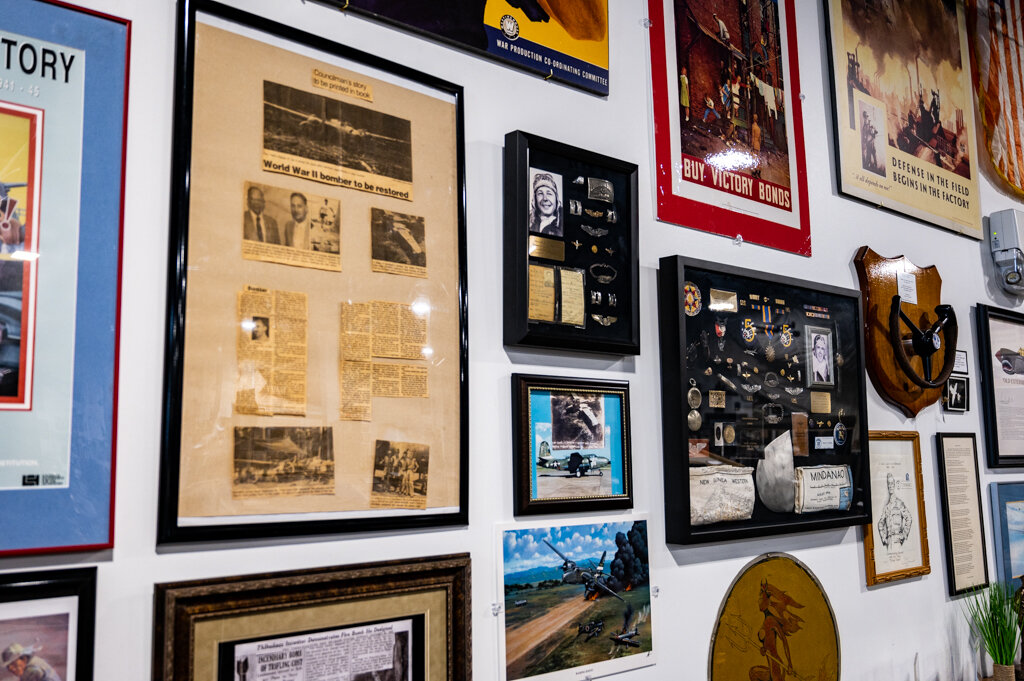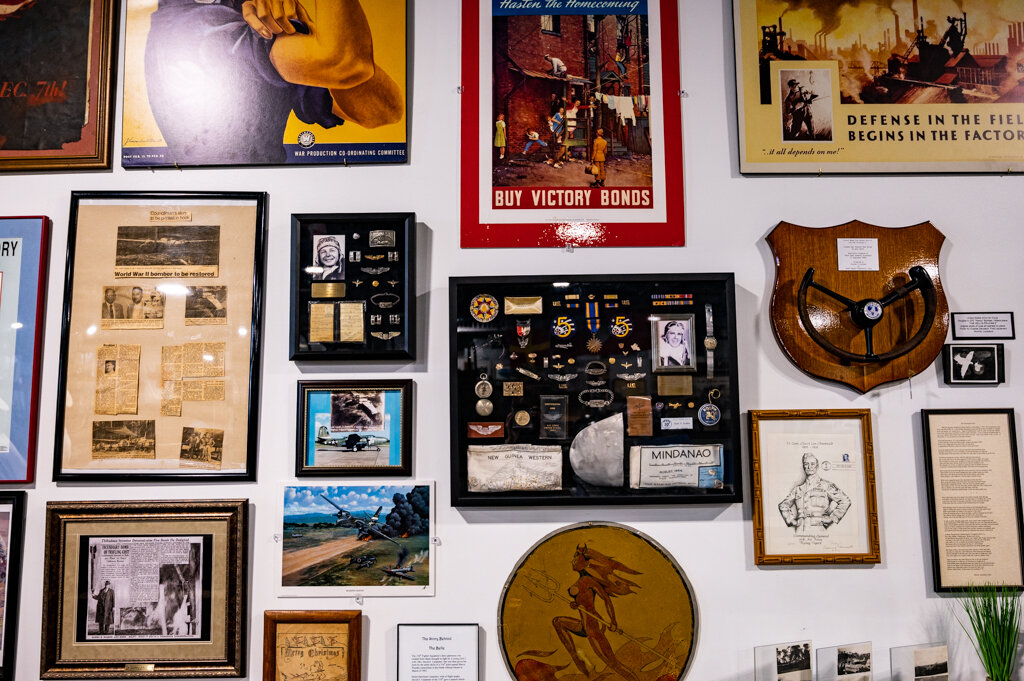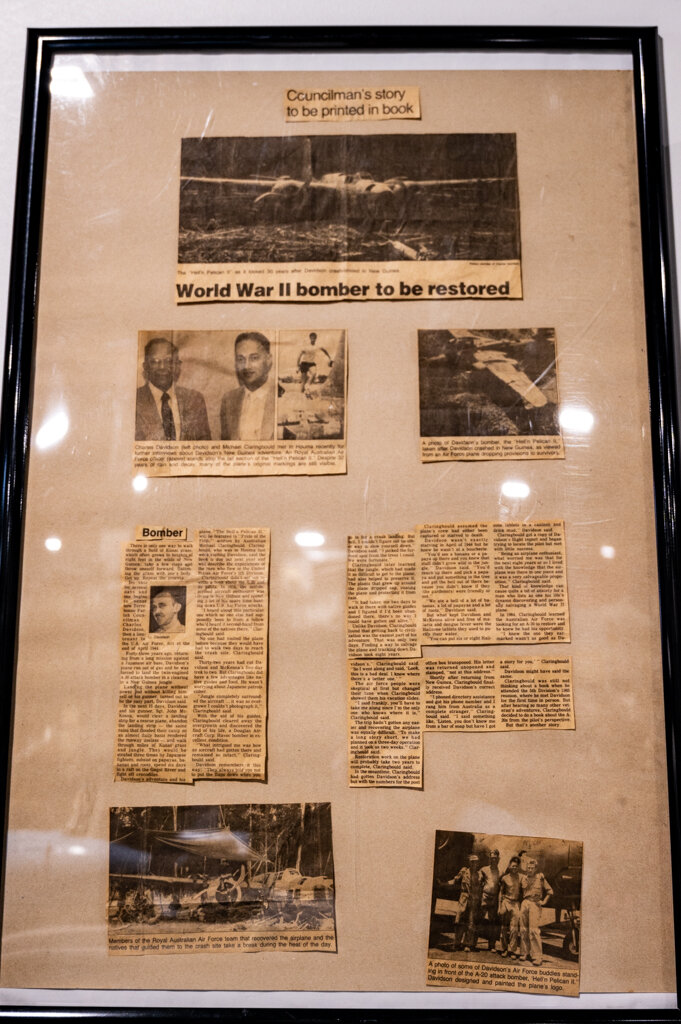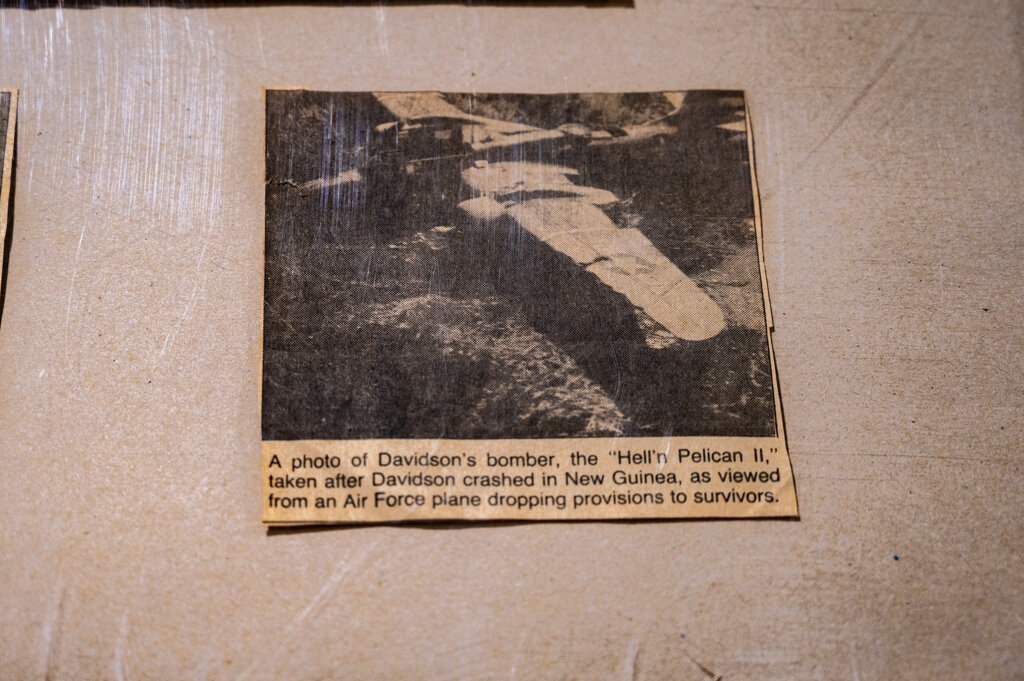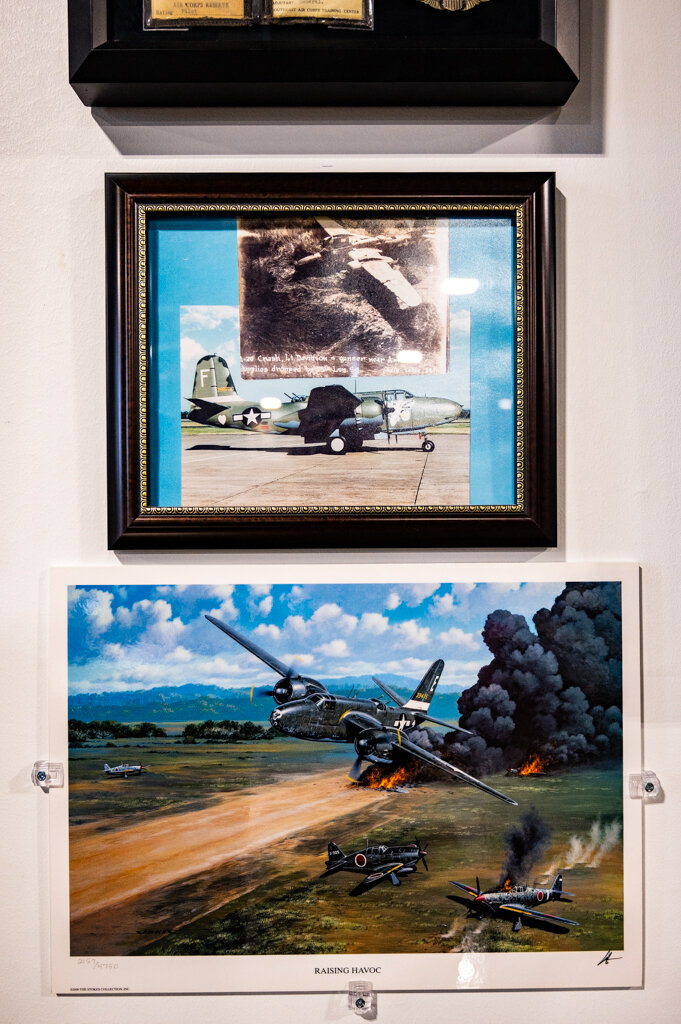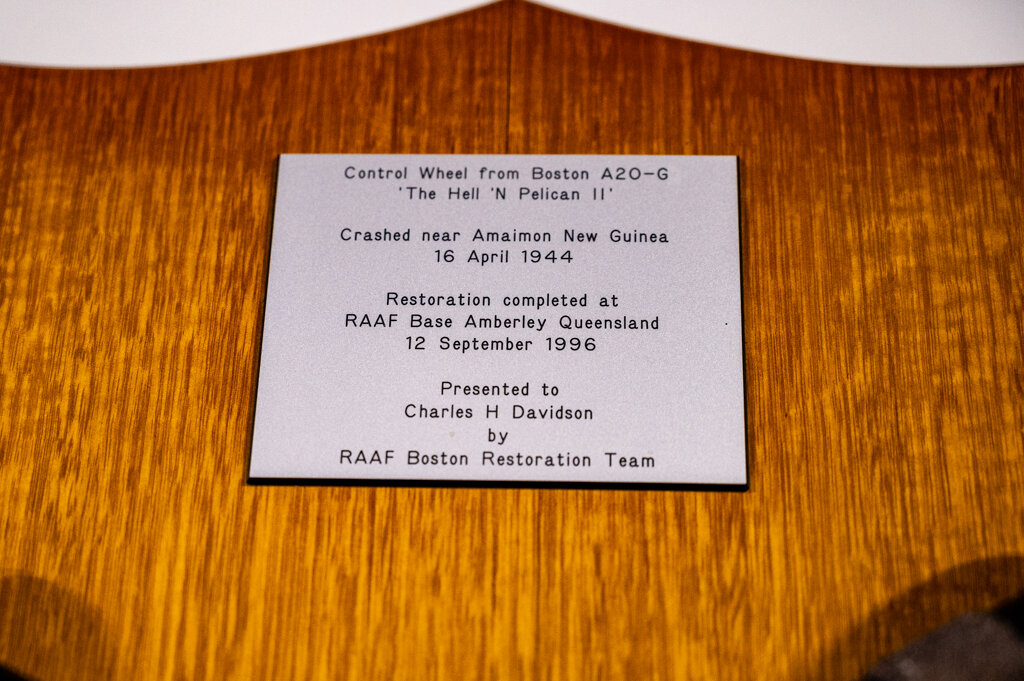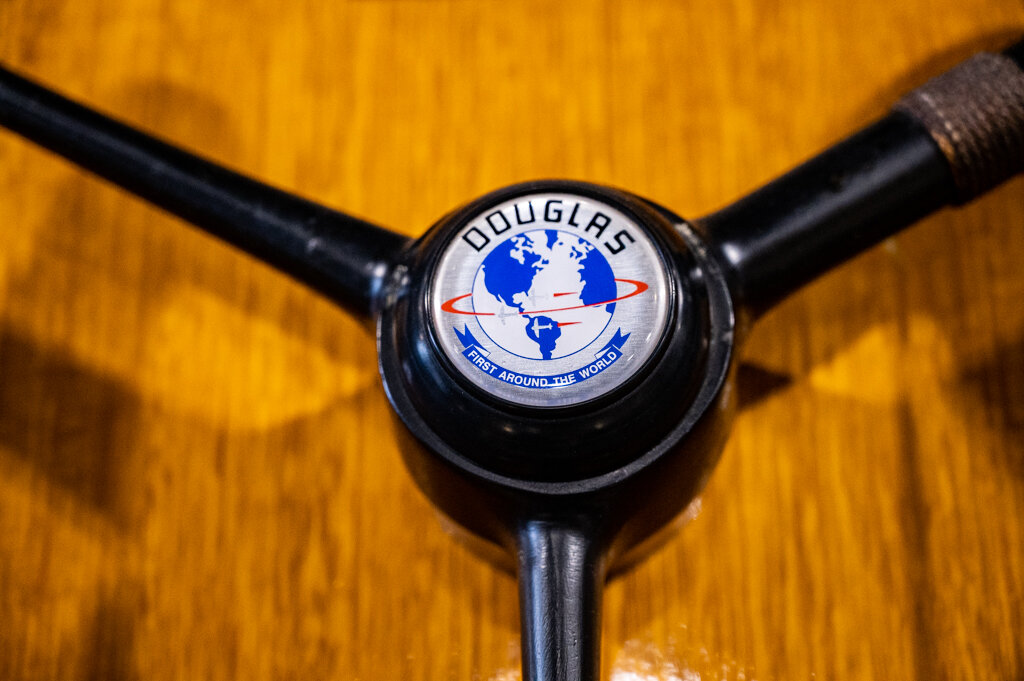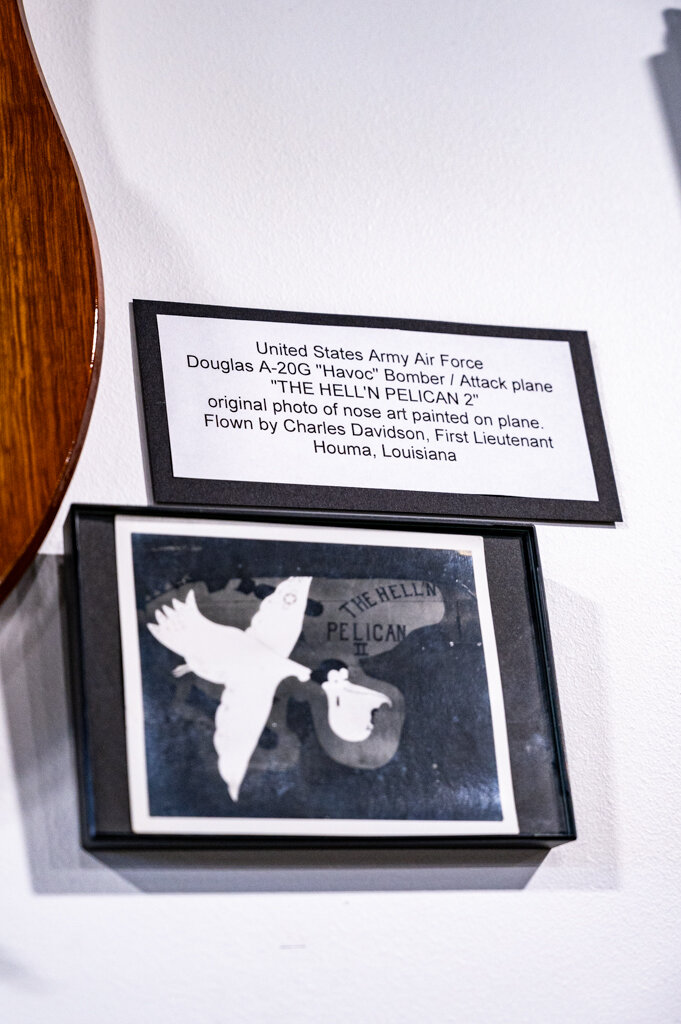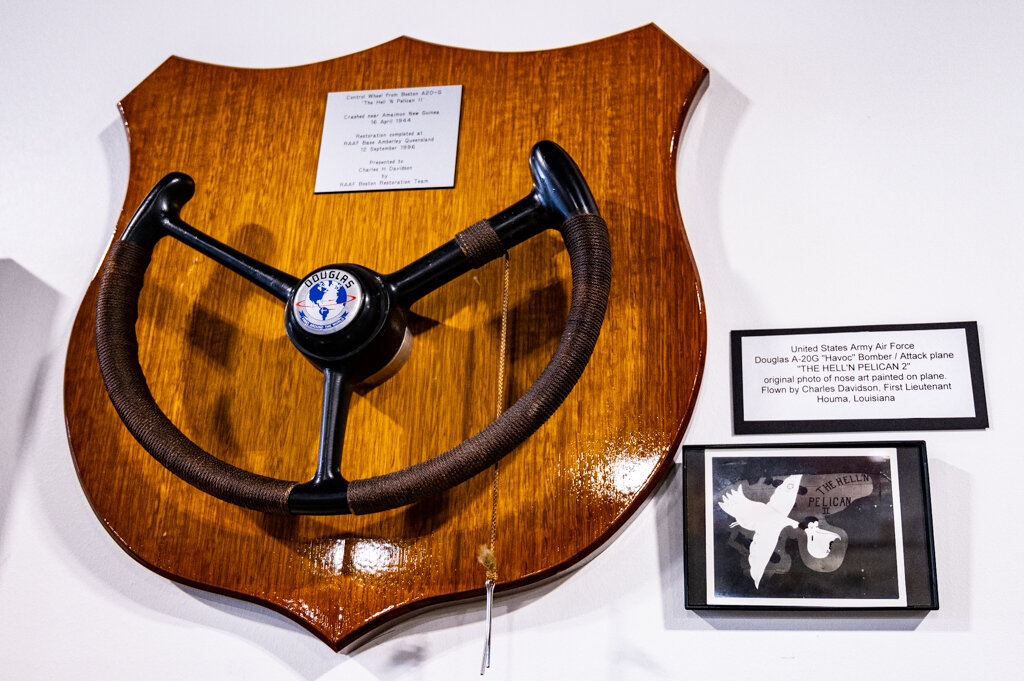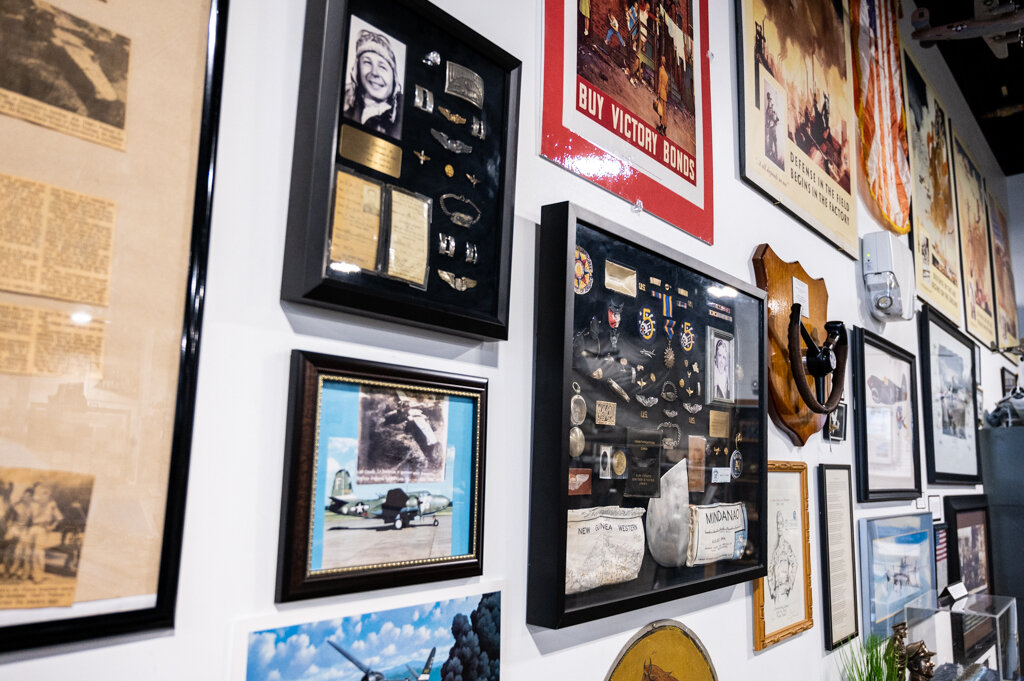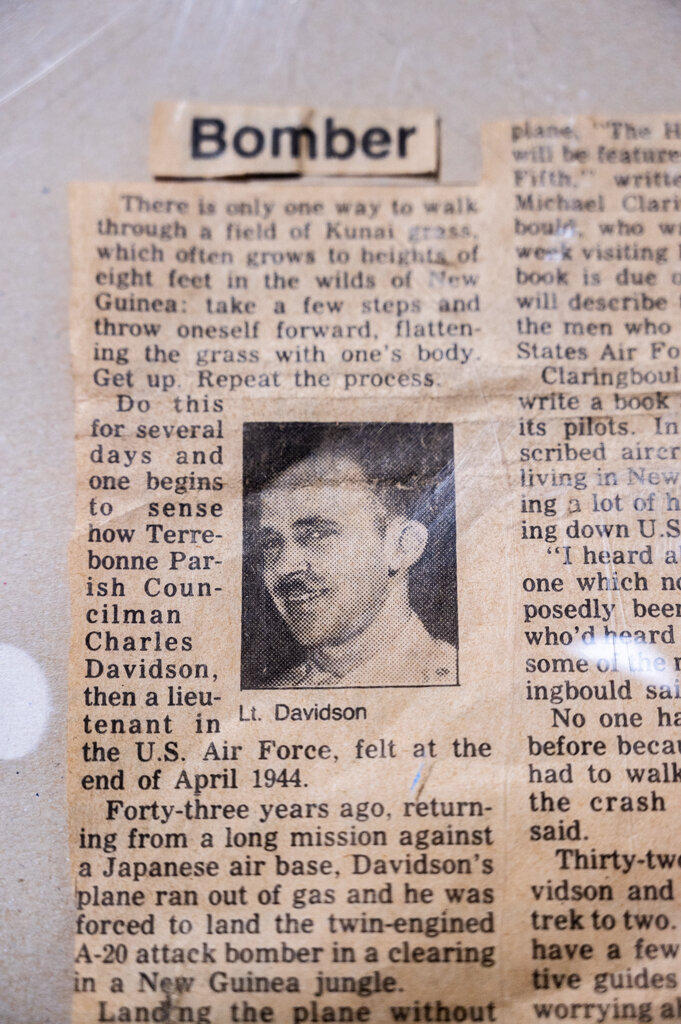Charles Davidson: A Survival Story
/If there is anyone who represented his country, state and city with the utmost honor, it is late Terrebonne Parish native Charles Henry Davidson, a former World War II pilot and longtime public servant of Houma whose story of survival in the jungles of New Guinea has sealed his legacy as a local hero.
Today, visitors at the Regional Military Museum in Houma can view displays dedicated to preserving Davidson’s legacy, as well as a piece of his incredible feat of survival.
Davidson would hold countless titles over the course of his long life before passing in July of 2011 at 90 years old: Terrebonne Parish School Board member, Houma City Councilman, Terrebonne Parish Council member, Mayor of Houma, operator of longtime family business A.F. Davidson Hardware & Supply, and Lieutenant and pilot for the U.S. Army Air Corps during WWII.
Davidson flew an A-20 Havoc bomber known as the “Hell’n Pelican II” during his service. The craft previously belonged to the 5th Air Force, 3rd Bombardment Group, 90th Bombardment Squadron where it was nicknamed the “Louisiana Belle” before being transferred to Lt. William Mathison of the 312th Bombardment Group, 388th Bombardment Squadron in early 1944.
The Hell’n Pelican II was assigned to Davidson shortly after, with whom it would fly its first mission in March of 1944, as well as its last in April of the same year.
Davidson and gunner John McKenna were on their way back to their base at Gusap Airfield following a lengthy mission at a Japanese air base when the Hell’n Pelican II ran out of fuel. Davidson and McKenna both decided to go down with the craft, which crash-landed in a clearing of the jungles of New Guinea.
The Hell’n Pelican II’s two-man crew survived, but the craft did not. The impact left the bomber with bent propellers and a damaged left wing.
Davidson and McKenna would ultimately spend 15 days in the jungle, avoiding enemy strafing and surviving on papayas, bananas and roots.
The men where spotted by several aircraft passing by, including a P-47 Thunderbolt, several A-20 bombers and a Stinson L-5 that all attempted to make contact with the crew through notes. Some were retrievable, while others were not.
Davidson and McKenna were instructed to clear a landing for a rescue plane, which they attempted to achieve before abandoning the landing due to floods. All the while, the Hell’N Pelican II’s wreckage was strafed by Japanese aircraft.
The men were then told to begin a two-day trek to the Gogol River, where they spent an additional six days floating on a raft, fighting off crocodiles, all while monitored from the sky by a Stinson L-5.
On May 1, Davidson and McKenna were rescued by an Australian passenger and cargo vessel, the HMAS Matafele, who brought them to the Madang Airfield, where an aircraft picked them up to return them to the Gusap Airfield base.
No one had visited the wreckage, which was covered by jungle growth, until August of 1979, when Australian researcher and author Michael Claringbould set out to find the Hell’n Pelican II.
With the help of native guides, Claringbould began his two-day trek to successfully locate the once-lost aircraft.
Claringbould, whose dream was to help to salvage a WWII plane, learned that the Australian Air Force was in search of an A-20 bomber to restore in 1984. They ultimately took Claringbould up on his offer to lead them to the site of Hell’n Pelican II.
Today, the craft resides at the RAAF Amberley Heritage Centre in Queensland, Australia. The Australian rollout for the aircraft’s display was held in April of 1996. Charles and his wife, Thelma, flew to Brisbane and were subsequently transferred to the Queensland Heritage Centre for the official viewing and the restored plane’s rollout, followed by a series of ceremonies.
The yoke of of the plane was presented to the Davidson family and has found a home at the Regional Military Museum, where visitors can honor Davidson’s service to the United States and his legacy in Terrebonne Parish.
Additional Sources

